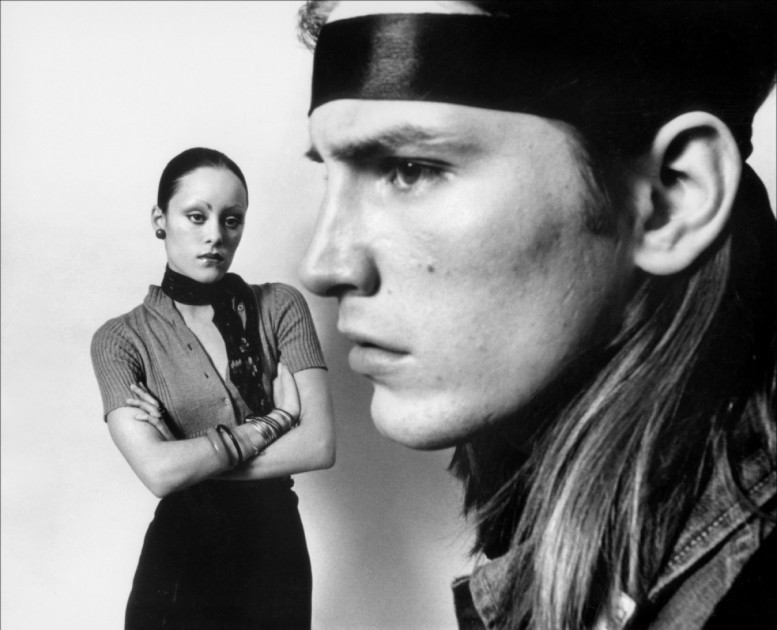
If it wasn't for a friend with connections and the assassination of John F. Kennedy it is quite possible that we may have never known of a photographer named Jacques Henri Lartigue. Lartigue, born in 1894 to an illustrious French family, started taking photographs when he was only 6 years old. A hilarious photograph of a young Lartigue at 11 years old is a self portrait...in the bath....with a toy airplane. Being well off afforded Lartigue camera equipment and time to explore his photographic interests - which for most of his life was mainly a hobby. Lartigue's happy go lucky images of a divined, French upperclass, attending automobile races, prancing on the beach, and laying about were all common divertissements of this bon vivant photographer during a burgeoning 20th century. He also photographed his lover and muse, the romanian model Renee Perle, a strikingly beautiful apparition that appeared in many of his photographs through out his oeuvra.

As Lartigue got older he mainly quit taking photographs - maybe he lost interest, maybe the world wasn't as happy go lucky after two wars, or, depressingly, maybe his innocence was gone. Only when he was 69 years old were his boyhood photographs serendipitously discovered by Charles Rado of the famous Rapho agency, who represented such notable photographers as Brassaï and Nora Dumas. Charles Rado in turn introduced Lartigue to John Szarkowski, then curator of the Museum of Modern Art in New York, who arranged an exhibition of his work at the museum and photo spread in Life magazine in 1963, which coincidentally landed in the commemoration issue of the death of president John F. Kennedy, allowing for a lot of exposure. The rest was history - before Lartigue died at 92 in 1986, the offers to shoot for magazine came flooding in, and Lartigue was entered into the pantheon of some of the greatest artists of the 20th century. Adding to the legacy of eccentricities, his son, Dany Lartigue, as well as being a painter, is a noted entomologist specialising in butterflies, and is patron of a museum in St. Tropez which, alongside paintings and souvenirs of his father, contains an example of every French diurnal butterfly discovered.
A Floating World: Photographs by Jaques Henri Lartigue (1894-1986), which is on view now at the CaixaForum Madrid, collects over 200 pieces that include modern reprints, original snapshots, cameras, notebooks, planners, and the diaries of one of the most formidable names in twentieth century photography. The exhibit will join the 2011 PhotoEspana festival in Madrid - a massive annual photographic expo - starting June 1 and running till July 24.
Text by Oliver Maxwell Kupper for Pas Un Autre




























 Photograph of Oliver Maxwell Kupper, publisher of Pas Un Autre, shot by Jessica Hudson.
Photograph of Oliver Maxwell Kupper, publisher of Pas Un Autre, shot by Jessica Hudson.
 Hedi Slimane: Fragments Americana is on view until March 26 at the Almine Rech Gallery in Brussels.
Hedi Slimane: Fragments Americana is on view until March 26 at the Almine Rech Gallery in Brussels.  Photography by Olivier Zahm
Photography by Olivier Zahm